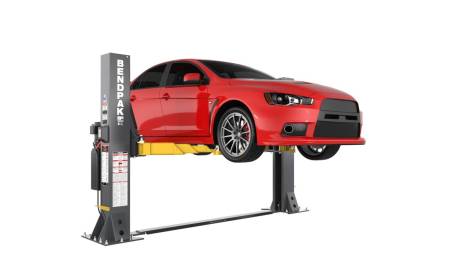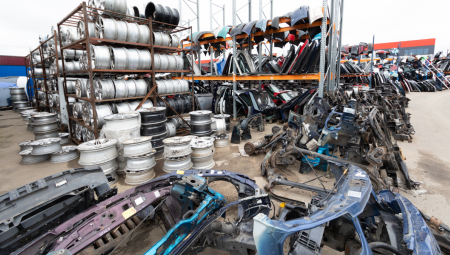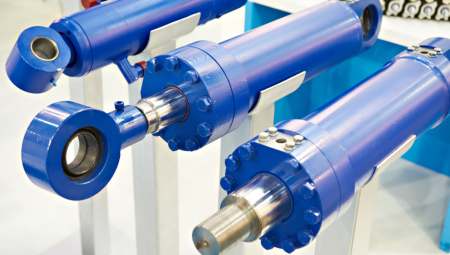International. A recent study by Towards Automotive projects that the global market for automotive engine components will reach a value of $130.46 billion in 2034, up from an estimated $83.68 billion in 2024.
This steady growth trend reflects the persistent relevance of internal combustion engines (ICEs) globally, despite the advancement of electrification in the automotive sector.
Key components for engine performance
Engine components – such as pistons, camshafts, crankshafts, valves and timing belts – are essential to ensuring performance, fuel efficiency and emission control in combustion engines. Its demand remains strong, particularly in commercial and cargo vehicle segments, where electrification is advancing at a slower pace.
The sustained global production of ICE vehicles, as well as the increasing demand for more efficient engines and increased consumer awareness of preventive maintenance, are contributing to the strengthening of the market.
Technological innovations drive competition
The report highlights multiple innovations from the main companies in the sector. Robert Bosch GmbH, for example, has developed engine management systems (EMS) and EV14 fuel injectors for more precise fuel delivery. DENSO Corporation has incorporated technologies such as Iridium TT spark plugs and EGR valves, aimed at improving ignition and controlling emissions. For its part, MAHLE GmbH has opted for lightweight pistons and cylinder components with nano-coatings, which improve the thermal resistance and durability of the engine.
These advances are being enhanced by the use of lightweight materials, such as aluminum alloys and high-strength plastic composites, as well as advanced manufacturing processes, such as precision engineering and 3D printing, which allow for the production of lighter, more efficient parts adapted to new market needs.
Major Market Trends
Among the trends highlighted in the study are:
- Increasing use of lightweight materials: they contribute to reducing vehicle weight and improving fuel efficiency.
- Advanced manufacturing and customization: 3D printing and other techniques allow more precise components to be designed, optimizing costs and performance.
- Demand for Components for Hybrid Engines: The growth of hybrid vehicles creates a new category of parts that must operate in tandem with electrical and combustion systems.
Challenges to consider
The study also highlights several structural challenges facing this industry. The expansion of the electric vehicle market represents a long-term threat, by reducing the demand for traditional components. Added to this are the high research and development costs required to meet stricter emissions regulations, which can be a barrier for medium and small manufacturers. In addition, the need to adapt to diverse environmental regulations in different countries forces components to be constantly redesigned, generating additional pressures on the supply chain and manufacturing processes.
Despite these challenges, the study identifies key opportunities for component manufacturers, especially in the development of technologies aimed at hybrid and low-emission engines. Systems such as turbochargers, start-stop, exhaust gas recirculation (EGR) and lightweight materials with high durability are increasingly in demand.
Likewise, the growth of the automotive sector in Asia-Pacific and Latin America offers positive prospects, especially in the commercial and heavy-duty vehicle segments, where combustion engines will continue to be predominant in the coming decade.














